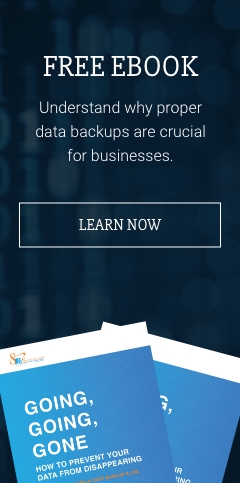With cyberattacks becoming increasingly prevalent, targeted, and complex over the years, businesses are looking for more ways to improve their cyber defenses. One way is by adopting a new approach to cybersecurity: the zero trust security model.
In this blog post, we will discuss what zero trust is and how you can implement it in your company.
What is zero trust?
Zero trust is a modern security model based on the principle to "never trust, always verify.” In other words, you should not give any user — even your long-term employees or top executives — access to company data and IT resources until they have been thoroughly authenticated. The zero trust model is a stark contrast to the traditional castle-and-moat model of perimeter security (e.g., firewall), which protects the company network from outsider threats, not insider threats.
Moreover, the zero trust security model assumes that breaches are inevitable, so companies must restrict user access to what users only need to do their job and constantly monitor each access attempt. These measures prevent users — including threat actors — from moving laterally through the network to minimize the potential impact of breaches.
Why should your company adopt the zero trust security model?
There are two main reasons why it is important to implement the zero trust security model.
Reduce the risk of insider threats
Insider threats are a growing security risk. Ponemon Institute’s 2022 Cost of Insider Threats Global Report found that the cost of addressing insider-led incidents rose by 34% — from $11.45 million in 2020 to $15.38 million in 2021. Not only that, but the frequency of such incidents also increased by 44% in 2021.
The report categorizes insider threats into three main types:
- Negligent insiders – regular users and IT administrators who unintentionally put the organization at risk by accidentally sharing confidential data, falling victim to phishing scams, and failing to apply software patches, among many other actions
- Malicious insiders – users and IT admins who internationally take actions that cause harm to the company for revenge, corporate espionage, or profit
- Credential insiders – hackers who steal user or admin login information to gain access into company IT systems
| Insider type | % of incidents | Cost per incident | Annual total cost to organizations |
|---|---|---|---|
| Negligent insiders | 56% | $485k | $6.6 million |
| Malicious insiders | 26% | $648k | $4.1 million |
| Credential insiders | 18% | $805k | $4.6 million |
The table above shows that negligent insiders account for 56% of insider-led incidents. Given their frequency, negligent insider events cost organizations the most — $6.6 million annually. This proves that even seemingly innocent user mistakes can result in security breakdowns.
Moreover, among the three types of insider-led incidents, credential thefts are the costliest to remediate on a per-incident basis. Alarmingly, credential thefts have increased from 14% of incidents in 2020 to 18% in 2021, and their annual cost to organizations rose by 65% — $2.79 million in 2020 to $4.6 million in 2021.
The zero trust security model mitigates the risk of insider threats by adopting a strict identity verification process. Only authenticated and authorized users and devices can access company data and resources.
Improve remote work security
With the rise of remote work, more and more employees are accessing company systems through all types of devices and connections. This means users are moving outside of the business's security perimeters and zone of control, thereby increasing the company's risk exposure.
By adopting the zero trust model, organizations can protect their data regardless of where users and devices are, while also ensuring quick and seamless access to company IT resources.
Read also: How to maintain and protect your network
How can you implement zero trust in your company?
Start your company's zero trust deployment by following these tips:
- Give users access to only the company resources they need to do their job.
- Limit access to specific company applications, resources, data, and assets based on the user's device, network location, or other attributes.
- Ask users to present two or more pieces of evidence (e.g., password and fingerprint scan) to prove their identity each time they request access to company resources.
- Inspect and log traffic and user activities.
- Monitor logs to ensure users are only attempting to access resources they are permitted to access.
Applying the abovementioned tips is only the first step. To ensure complete zero trust implementation, let Safebit customize a zero trust network and policy for your company. Get in touch with us to get started.


